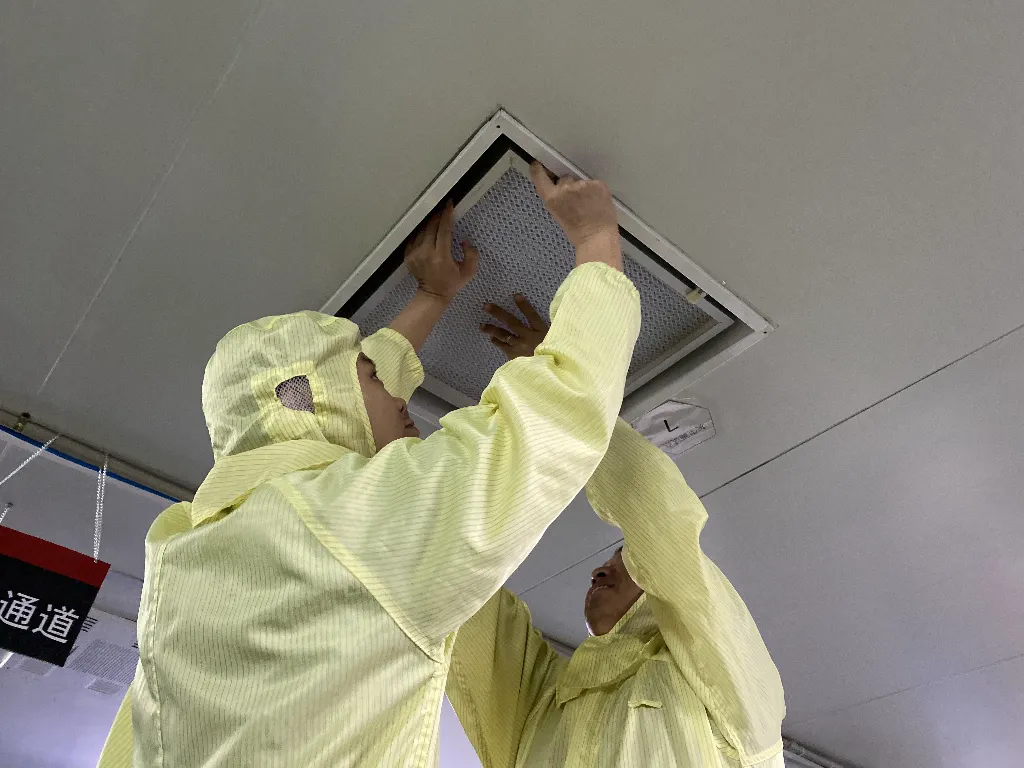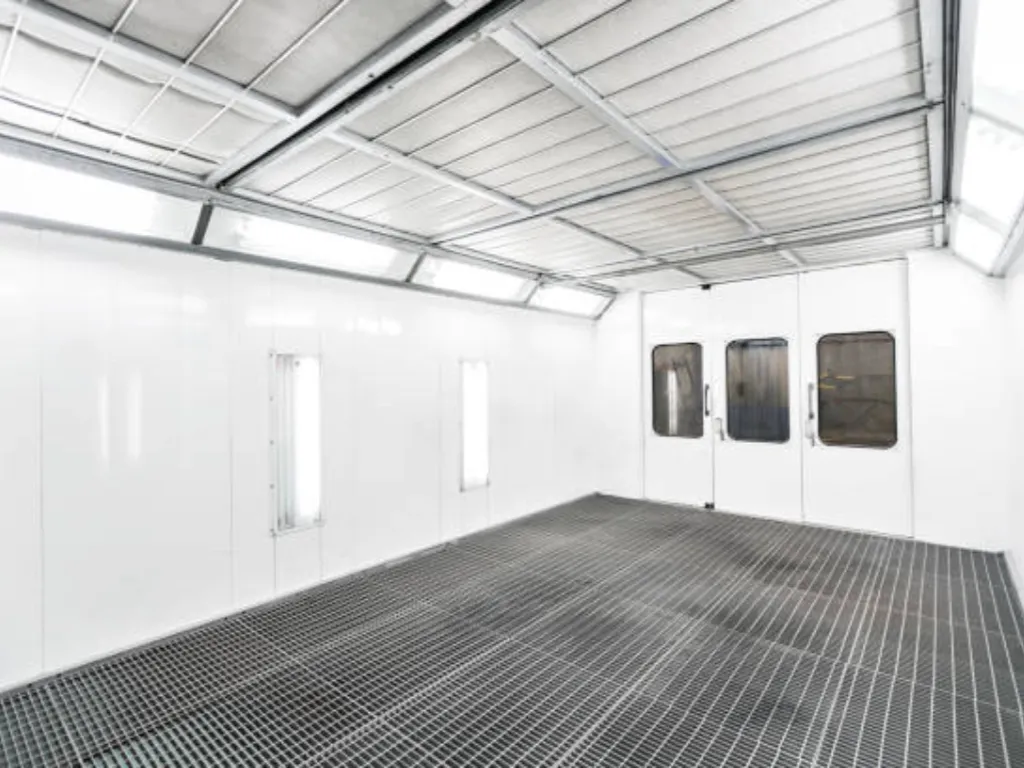Indoor air quality has become a critical consideration in residential, comercial, and industrial spaces. Whether you’re looking to maintain a sterile environment in a hospital or simply improve air quality at home, understanding the types of HEPA filters available is essential. This guide will explore what HEPA filters are, how they work, the different types of HEPA filters, and how to select the right one for your needs.
What Is a HEPA Filter and How Does It Work?
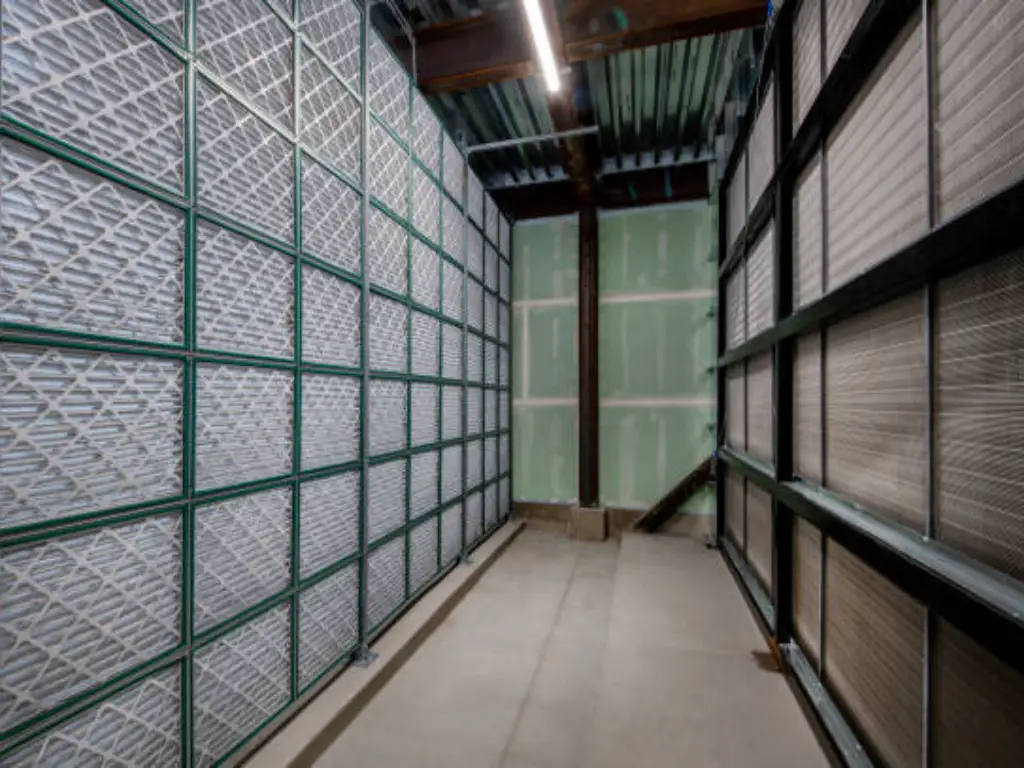
HEPA stands for High-Efficiency Particulate Air. A HEPA filter is designed to capture at least 99.97% de partículas no ar que são 0.3 microns in diameter—commonly referred to as the most penetrating particle size (MPPS). This level of filtration makes HEPA filters highly effective against allergens, pó, esporos de mofo, and even some bacteria and viruses.
HEPA filters operate using a combination of three mechanisms: diffusion, interception, and impaction. These methods trap particles as they move through a dense mat of fibers. Unlike ordinary filters that rely solely on pore size, HEPA filters use fiber density and particle behavior to trap contaminants efficiently.
Key Classification Standards of HEPA Filters
Before diving into the different types of HEPA filters, it’s important to understand the global standards that define them. These standards vary slightly by region but generally include:
- EN 1822 (Europa): Classifies HEPA and ULPA filters from E10 to U17 based on their MPPS retention.
- ISO 29463: International standard that aligns with EN 1822 but adds some test method harmonization.
- ASME/DOE (Estados Unidos): Sets performance expectations for filters used in nuclear and pharmaceutical applications.
Filters are often classified by grades like H13 or H14, with each grade representing a defined efficiency level. This classification helps determine where each type is most appropriately used.
Types of HEPA Filters and Their Efficiency Levels
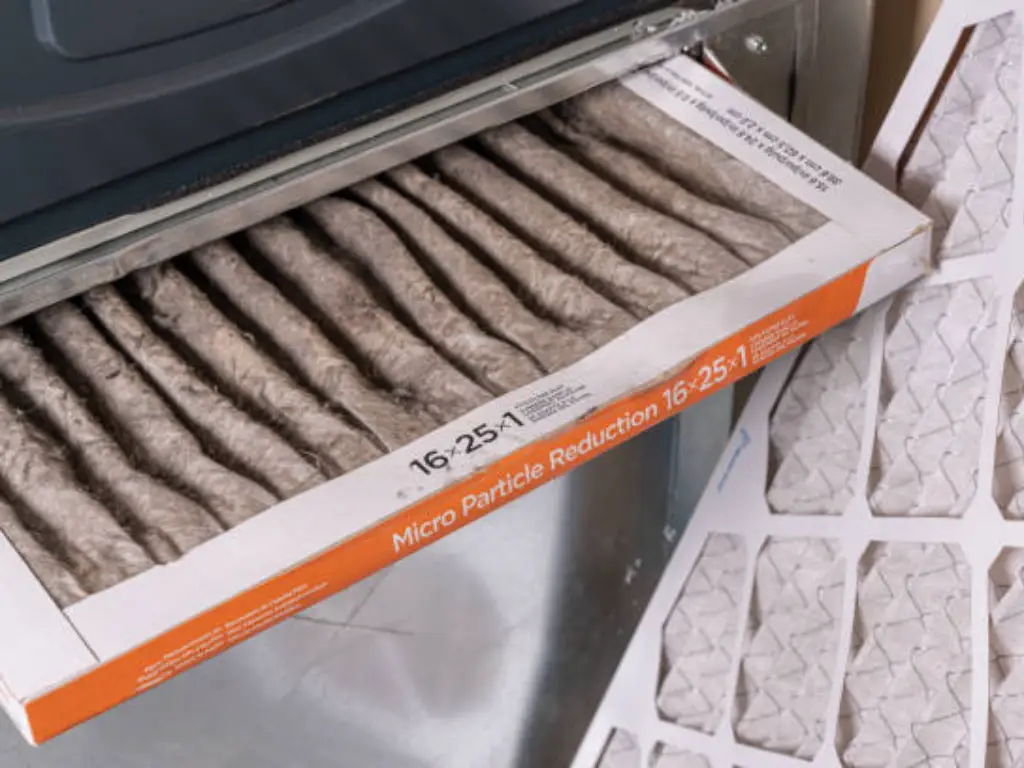
O term types of HEPA filters refers to the different grades and performance levels within the HEPA classification. Here’s a breakdown of the main types:
HEPA-Type Filters (Grade E)
HEPA-Type filters are often used in budget air purifiers and vacuums and typically offer filtration efficiency of around 90% para 95% for larger particles. No entanto, these filters do not meet the true HEPA standard of capturing 99.97% of particles at 0.3 microns. The terms “HEPA-like,”“ Estilo Hepa,” or “99% HEPA” are marketing tactics, not technical certifications. Using such filters in critical environments like hospitals, salas limpas, or even homes with allergy sufferers may result in insufficient filtration and compromised air quality.
True HEPA Filters (Grade H)
True HEPA filters consist of extremely dense mats of randomly arranged fiberglass fibers, typically between 0.5 para 2.0 microns in diameter. These filters are manufactured using specialized pleating techniques to maximize surface area while maintaining airflow. The combination of mechanical interception, diffusion, and electrostatic attraction enables them to trap at least 99.97% de partículas ≥0,3 mícrons. Their robust construction and balanced airflow resistance make them the preferred choice for residential, comercial, and industrial air cleaning applications.
Medical-Grade HEPA Filters (H13–H14)
Medical-grade HEPA filters, designated H13 and H14 under the EN 1822 padrão, utilize ultra-fine fiberglass media with tighter fiber spacing and enhanced sealing techniques to prevent bypass leakage. Advanced manufacturing ensures extremely high filtration efficiency—99.95% for H13 and 99.995% for H14—capturing viruses, bactérias, and even ultrafine dust particles. These filters are rigorously tested to meet strict performance criteria for operating rooms, isolation wards, and pharmaceutical cleanrooms, where airborne contamination control is critical.
Absolute & Ultra HEPA Filters (Grade A/U)
Constructed with the densest microfiber mats and specialized bonding resins, this type of filters achieve efficiency ratings exceeding 99.999% at 0.3 microns. While sometimes marketed as “Ultra HEPA,” these filters are not the same as ULPA filters, which follow strict international standards. Due to their extremely fine fiber arrangement, Absolute and Ultra-HEPA filters typically create pressure drops ranging from 250 para 500 Pascals (Pa) at rated airflow, which is significantly higher than standard True HEPA filters that usually have pressure drops around 150 para 250 Pa. This elevated resistance necessitates the use of more powerful fans or blowers to maintain consistent airflow through the filter media. These filters are reserved for ultra-clean environments like semiconductor fabs, aerospace manufacturing, and biological containment facilities, where the purest air quality is mandatory.
By comprehensively understanding the different types of HEPA filters, you can select the right filter type based on your facility’s air quality requirements and budget.
HEPA vs. ULPA Filters: Which One Should You Choose?
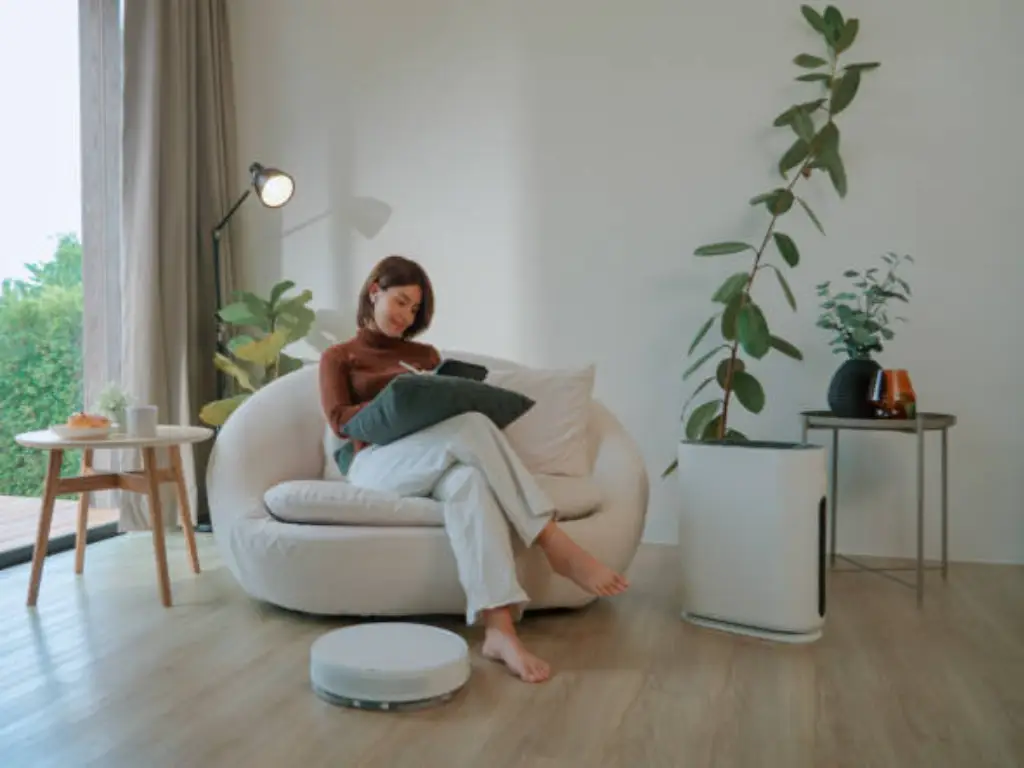
When deciding between HEPA and ULPA filters, it’s important to consider the specific air quality requirements of your environment—not just the filtration rating on paper. Verdadeiros filtros HEPA, especially H13 and H14 grades, offer up to 99.995% efficiency for particles as small as 0.3 microns. In most cases, this is more than sufficient for protecting people from allergens, bactérias, and airborne viruses in hospitals, salas limpas, schools, and commercial spaces. They strike a balance between high efficiency, airflow performance, and long-term cost-effectiveness.
Filtros ULPA, while offering even higher filtration efficiency (≥99.9995% @ 0.12 microns), are only necessary in high-containment or ultra-clean environments—such as semiconductor manufacturing, pharmaceutical filling rooms, or biological safety labs—where submicron particles must be minimized to nearly zero.
For most healthcare and industrial users, HEPA filters already meet or exceed regulatory standards without the added pressure drop and higher operating costs that come with ULPA filters. Choosing the right filter is not about chasing the highest number—it’s about selecting the appropriate level of protection for your use case, and in many cases, HEPA is the smartest, most efficient solution.
Applications of Different HEPA Filter Types Across Industries

The different types of HEPA filters serve unique functions across various sectors:
- Assistência médica: H13/H14 filters are essential in operating rooms, ICUs, and isolation wards to prevent the spread of airborne infections.
- Pharmaceutical & Labs: Absolute and Ultra HEPA filters maintain particle-free conditions in sterile compounding and R&D settings.
- Commercial Buildings: True HEPA filters improve indoor air quality in offices, schools, and hotels.
- Residential: HEPA-Type and True HEPA filters are used in home air purifiers, HVAC units, and vacuum cleaners.
- Industrial & Fabricação: High-grade HEPA or ULPA filters are deployed in cleanrooms and production environments where contaminants must be tightly controlled.
By understanding these use cases, you can better appreciate how the types of HEPA filters align with industry-specific requirements.
| Tipo de filtro | Efficiency Level | Standard / Grade | Typical Applications |
| HEPA-Type Filter | ~90%–95% @ ≥0.3 microns | Non-certified (Grade E, marketing term) | Low-risk areas, budget air purifiers, basic vacuums |
| True HEPA Filter | ≥99.97% @ 0.3 microns | DOE Standard / Grade H | Casas, escritórios, commercial HVAC systems |
| Medical-Grade HEPA | H13: ≥99.95%H14: ≥99.995% @ 0.3 microns | EN 1822 / Grade H13–H14 | Hospitais, isolation wards, pharmaceutical labs |
| Absolute / Ultra HEPA | ≥99.999% @ 0.3 microns | Grade A/U (non-standardized term) | Salas limpas, Aeroespacial, semiconductor, BSL labs |
| ULPA Filter | ≥99.9995% @ 0.12 microns | EN 1822 / IEST Standard | High-containment labs, sterile manufacturing |
How to Choose the Right HEPA Filter for Your Facility

Choosing the right HEPA filter is a technical decision that must be based on your facility’s clean air requirements, system capabilities, and operational needs. Here are the core factors to consider:
1. Required Air Purity Level / Cleanroom Classification
Start by aligning your filtration performance with air cleanliness standards. Por exemplo, ISO Class 7 environments typically require H13 filters (≥99.95% @ 0.3μm), while ISO Class 5 zones call for H14 or ULPA filters. Ashrae 170 guidelines for healthcare also suggest MERV 14+ equivalent filters in inpatient care spaces. Knowing your target particle count or classification allows you to select the right filter grade without over-engineering.
2. Type and Size of Target Contaminants
Understand the specific pollutants in your environment—are you targeting fine dust (PM2.5), vírus (~0.1μm), or bacteria (~0.5μm)? H13 filters efficiently capture most airborne contaminants, but highly sensitive environments dealing with aerosols or sub-micron particles may require H14 or ULPA filters. Always verify the filter’s certified efficiency curve to ensure it aligns with the particle sizes most relevant to your facility.
3. System Compatibility and Airflow Resistance (Pressure Drop)
Every filter adds resistance to airflow. Higher-efficiency filters like H14 and ULPA often generate higher pressure drops (Por exemplo, 300–500 Pa), which not all HVAC systems can support. Oversizing your filter without adjusting the system can result in reduced air changes per hour (ACH), impacting both air quality and energy efficiency. Ensure your system has enough fan capacity before upgrading filtration levels.
4. Filter Longevity and Total Lifecycle Cost
Higher-grade filters don’t just cost more upfront—they may clog faster and require more frequent replacement. If your environment doesn’t truly demand H14 or ULPA filtration, using them may lead to unnecessary operational costs and downtime. Consider maintenance intervals, filter lifespan (based on loading rate), and disposal requirements to choose a filter that balances performance with long-term efficiency.
How Our Certified HEPA Filters Solve Your Air Quality Challenges
Fundado em 2009, Filtro arejado is a leading manufacturer specializing in high-quality air filtration products. Our main offerings include HEPA filters, Filtros de bolso, paint stop filters, and HVAC ventilation components. With years of industry experience, we provide reliable solutions tailored to various commercial, médico, e aplicações industriais. Here’s what sets us apart:
✅ Strong Production Capacity
Our factory spans over 10,000 m², equipped with 20+ advanced machines and 18 production lines, enabling a monthly output of 200,000 filters to ensure timely delivery and stable supply for any project scale.
✅ Certified HEPA-Standard Products
We produce HEPA filters that meet strict standards, with filtration efficiency reaching 99.97% ou superior. Our filters use premium materials such as polyester fibers, glass fibers, PTFE, and nanofibers, combined with sturdy frame structures for durability and low initial pressure drop ensuring efficient airflow.
✅ Comprehensive Product Certifications
We hold key certifications including CE, Sgs, En779, DIN5510, Disponível, Msds, EN45545-R5-HL3, e GB-8624, assuring compliance with international safety and quality standards.
✅ Flexible Customization Services
We offer full OEM/ODM customization options such as filter size, thickness, materials, eficiência de filtração, frame design, and branding to meet your unique requirements.
✅ Trusted by Leading Clients
Our filters serve renowned clients like CRRC, Metro de Guangzhou, Shenzhen Metro, Midea and more, demonstrating our reliability and customer satisfaction.
Looking for expert advice or a custom quotation? Contact us here to speak with our filtration engineers.



